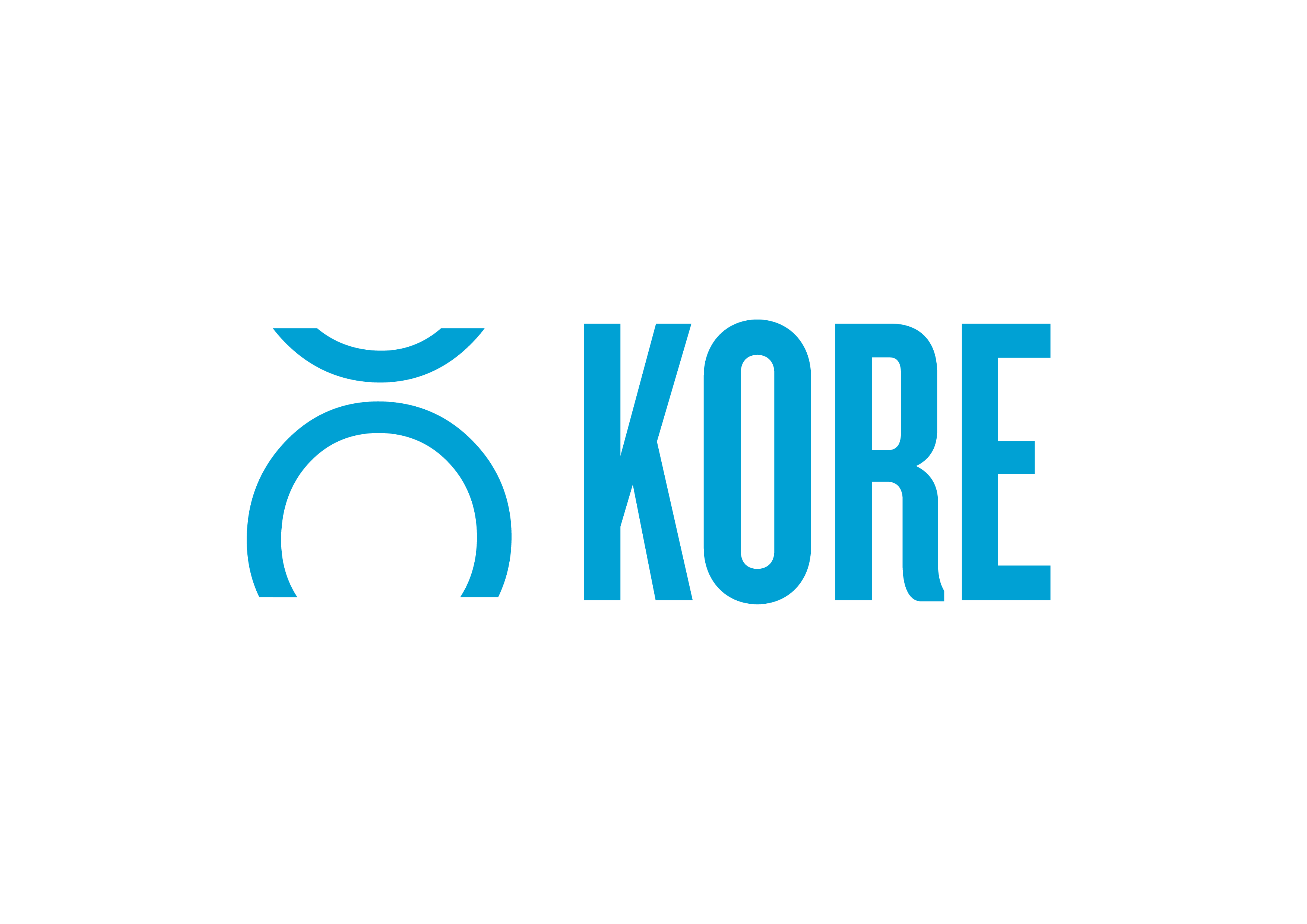Sponsorship, as a part of broader marketing strategy, is becoming increasingly effective as a method of reaching specific and targeted audiences than ever before.
As a function, it provides marketers an opportunity to identify challenges or growth areas and re-engineer solutions to meet certain objectives. It can be treated as a great media buy, opportunity for engagement, or even a tool to enhance association. Regardless of the objectives, sponsorship provides brands with an amazing platform for exposure and awareness.
In doing so, we, as an industry, have access to a ridiculous amount of assets that can be used to across almost every facet of marketing – influencers, PR, naming rights, digital, social, TV, activations, audio … you get the picture.
As the number of assets we can access continues to grow, so too does the global sponsorship spend. With steady increases year-on-year, 2019 is predicted to top US $70B. When we look at who is typically spending the bigger portions of that figure, it’s our usual culprits – PepsiCo, AbinBev, Coca-Cola, Nike, Toyota, etc.
The world, however, already knows who they are and the world already buys their products. We see and engage with them pretty much everywhere. So, why do they keep spending on sponsorship? Is sponsorship worth it if they don’t need the branding play?
Short answer, absolutely!
The reason we know so much about our usual culprits is for those exact reasons. They spend imense amounts of time, resources, and money so that consumers can interact and build relationships with them.
There are plenty of ways we can explain why sponsorship is important to brands who don’t necessarily need to be seen, however, I want to focus on three keys areas; Engagement, Scale, and Storytelling.
1. Engagement
As well as on-site activations, public relations, and hospitality, the assets of digital and social media are fast becoming the most popular vehicles for engagement-based spending in sponsorship. Each require active participation from the end consumer for the asset to be successful, however, they also allow a brand to extend its reach and positively impact consumers’ brand affinity and overall effectiveness of a campaign.
On face value, these types of assets don’t fall into the typical ‘branding’ basket. However, not only do each of them play a role towards enhancing an overall experience, they also allow a brand to really drive home its business-to-consumer effectiveness.
Given that sponsor recall is affected by duration of exposure, engagement via the sponsorship assets mentioned previously allows a brand to extend this duration to a specific audience throughout a season or term.
2. Scale
One thing sponsorship has over it’s traditional marketing asset rivals is its ability to scale a branded message. Whether they’re big spenders, or just dipping their toes in the water, the level of brand association and impacts on consideration, that sponsorship can achieve for a brand, are unrivalled.
Social and digital media have fast become prominent assets to scale a message. Influencers, viral content, and the continued use of hashtags allow branded messages to break the ceiling in terms of exposure.
The beauty of scale is that it can be controlled and uncontrolled.
Controlled scale allows brands to target audiences via geography or other demographics, such as age or sex, by using data to segment where and who their messages go to. Brands are able to access this data from their own databases or perhaps even their rights holders’ databases.
Pulling in multiple data sources, like social vs digital vs geography, can specifically focus on who and where they want to target at a specific time (rather than running blanket advertising). Targeting and re-targeting have become amazing tools for brands and agencies to continue speaking directly to their audience without wasting efforts or resources in other areas.
Uncontrolled, on the other hand, can be about encouraging and letting content go viral … watching it fly – remember the Fiji Water girl at the Oscars?
3. Stories
Remember the cheesy line “People don’t buy products, they buy brands”? Well, it’s actually a thing.
A myriad of new OTT broadcasters, the rise in popularity of influencers, and the multitude of ways information can now be shared, are all impacting the way we interpret a brand’s message. Time for stories to shine.
Storytelling allows a brand to bypass other typical advertising methods to create a genuine connection with a consumer. As such, because of its huge array of asset types, sponsorship has become an increasingly effective medium to tell a branded story.
Think about our usual culprits again. The reason we continue to engage and purchase from these brands is because of the way they create an emotional connection with us; something that is simply much deeper than a TV print ad on page 6.
Whilst branded content and sponsorship have always allowed brands to become a more intrinsic part of fan and audience engagement, as audiences become tech savvy ad-blockers, and the advertising and media worlds continue to shift, sponsorship will become and even more important vehicle in the years to come.
– Mark Thompson, KORE Software
For brands using sponsorship, storytelling allows them to create an authentic and ongoing narrative about their products; marketers will appreciate that there is a beautiful subtleness to it.
The reason branded stories are so successful in sponsorship is because of the emotional connection it helps brands create with consumers. Emotional interaction is vital in moving an audience’s relationship with the sponsorship from observational to transactional.
Identifying with customers through our partnership activations is only possible through clear and concise storytelling. It’s vital not only because we speak to millions of people each day, but because of the growing number of ways they interact with our brand.
– Sven Gllor, HSBC
Successful sponsorship doesn’t just have to be about branding. There are literally stacks of assets that can be just as useful, if not more effective. Feeding the right message, to the right audience, in the right way will always guarantee results … and sponsorship is an incredible avenue to follow that pathway.
KORE is the global leader in engagement marketing solutions, serving more than 200 professional teams and 850+ sports and entertainment properties worldwide, providing practical tools and services to harness customer data, facilitate sponsorship sales and activation, and create actionable insights.



